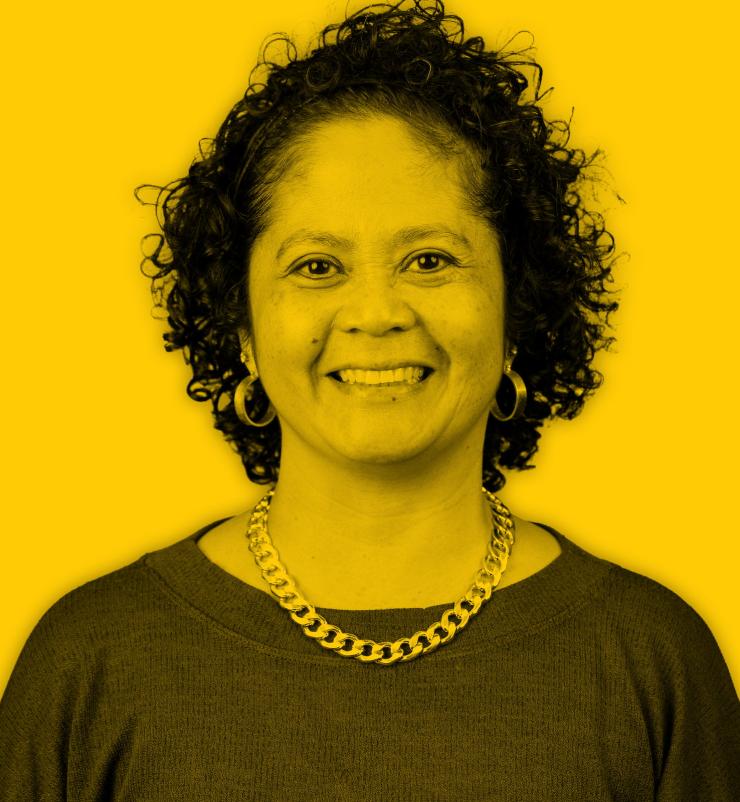Math literacy and numeracy development are crucial skills needed for students not only to be successful in math but also to have the confidence to work with numbers efficiently.
Believe it or not, some students are not successful in math not because “they aren’t good at it” but rather because they don’t have the basic skills to work with and understand numbers. It doesn’t matter if they’ve had “bad” math teachers in the past or if they just “don’t get it.” Math literacy and numeracy development are crucial skills needed for students not only to be successful in math but also to have the confidence to work with numbers efficiently.
Some students lack early numeracy skills which hinders their development as mathematical thinkers. Some gaps include but are not limited to mastering number words and numerals (identifying numbers, counting forward and backward with ease, and sequencing), structuring numbers (recognizing spatial & finger patterns with automaticity and identifying combinations & partitions of 5, 10, 20), and basic addition and subtraction - all of which affect the development of future mathematical understanding. When students are unable to mentally work with numbers and have basic number sense, they are unable to problem solve more complex, multi-step math problems.
If teachers can identify these gaps early in the school year and then implement new knowledge of this ongoing numeracy development into their teaching practices, they can improve instructional decision-making. Students can like math and maybe even love it like I do! Providing students with a positive experience with math and not having them hate it because they believe “they aren’t good at it” may be the secret. It may only take a teacher to recognize the basic deficits a student may have to provide effective instruction and a productive environment where students can strive instead of struggle. Then imagine telling kids that it’s time for math and the collective response is an exuberant, “YES!”
